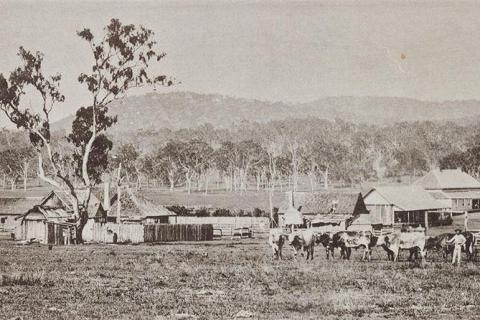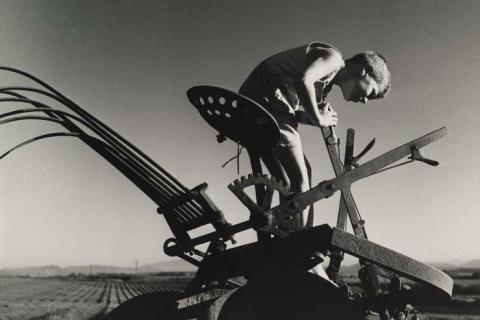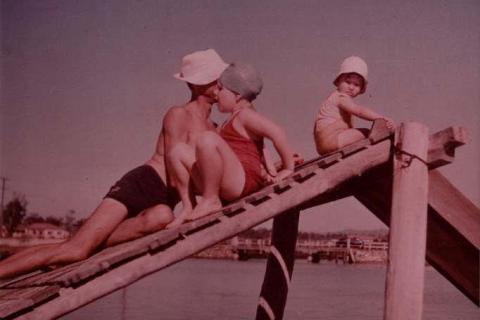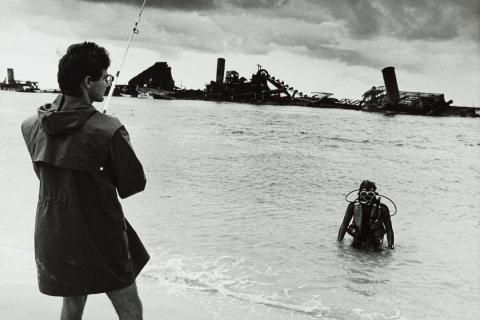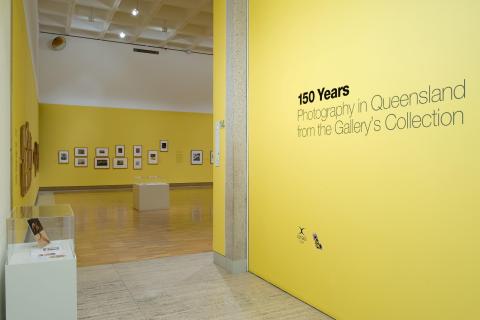‘Work and play’
Modernism/Documentary (1940s–70s)
By Michael Hawker
‘150 Years: Photography in Queensland’ June 2009
The clean lines of modern photography also influenced the important form of documentary photography. The documentary approach advocated the use of photography as a instrument for social reform by making visible social problems and issues. While differing in both function and intention, these modes share common stylistic links.

Many documentary photographers, including Geoffrey Powell (1918–89), felt that the popular press was failing to inform the public about important issues, and that it was instead exclusively concerned with the famous, scandal and trivia. Powell complained of the predominance of photographs of ‘legsome film stars, cocktailing society, fashions for the wealthy . . . diplomats, politicians, public figures at work and play’, and asked: ‘How often do we see the atrocious living conditions of the lesser privileged, the worker vainly searching for the means to enjoy what little leisure he does get?’1 Modern photography in Australia was thus imbued with documentary styles — examples of this synthesis are evident in the photographs of Wolfgang Sievers and Max Dupain, who found inspiration and commissions from industry after World War Two.

- Photographer Geoffrey Powell (who worked in Queensland 1938–39) in an article entitled ‘Photography: A social weapon’ for magazine Contemporary Photography (1946), in Anne-Marie Willis, Picturing Australia: A History of Photography, Angus and Robertson, North Ryde, NSW, 1988, p.193.
POWELL, Geoffrey
1918
- 1989
Full profile
for POWELL, Geoffrey
SIEVERS, Wolfgang
1913
- 2007
Full profile
for SIEVERS, Wolfgang
DUPAIN, Max
1911
- 1992
Full profile
for DUPAIN, Max
Digital story context and navigation
QUEENSLAND PHOTOGRAPHYExplore the story
